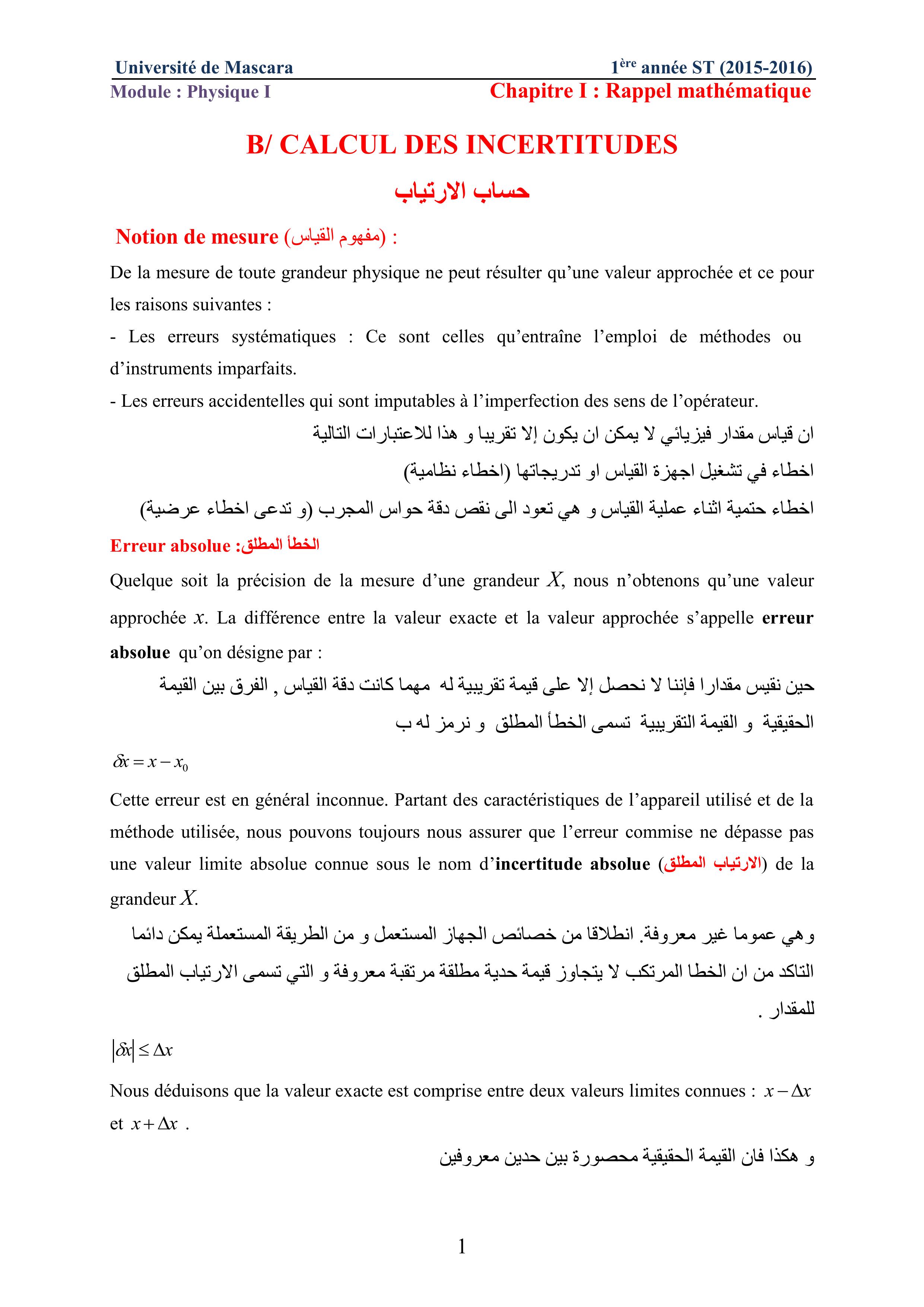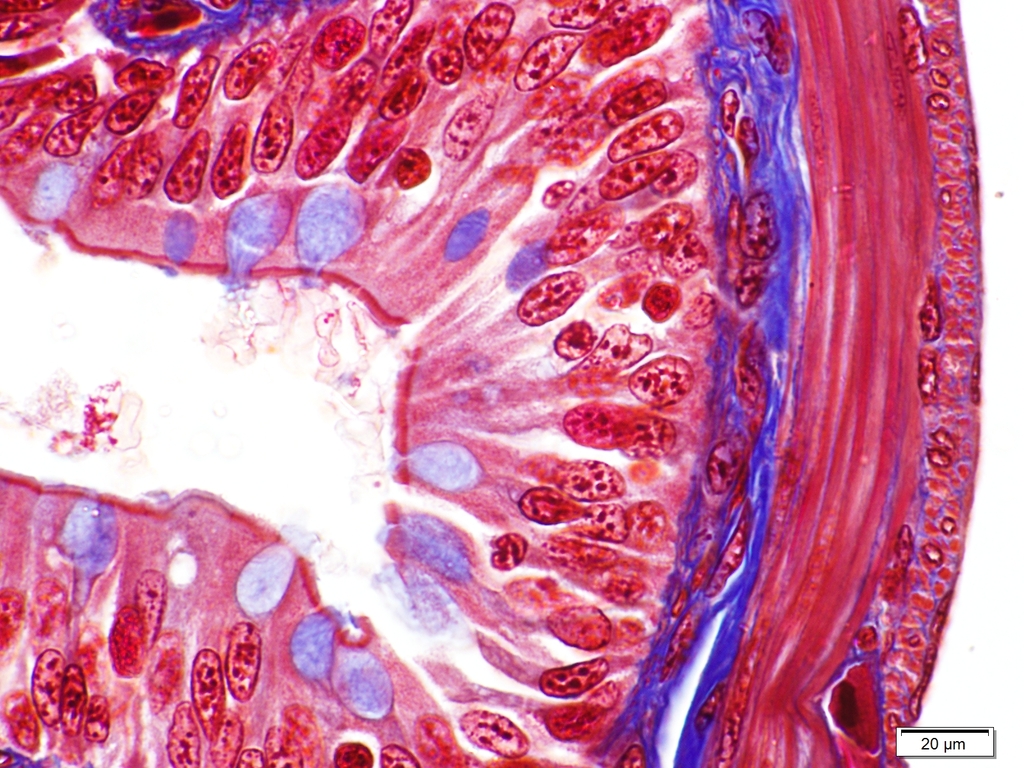
- Teacher: BIDAI Kada
The main aim of this essential scientific discipline in the field of biology is to study the microscopic structure of biological tissues and to examine the cellular composition, organisation and function of the tissues that make up living organisms. Microscopy techniques allow histologists to observe cells, subcellular structures and molecular interactions. Technical advances have considerably improved the ability to study biological tissues with greater resolution, precision and sensitivity. These advances have had a significant impact on medical research, the understanding of disease, pathological diagnosis, the development of new therapies and fundamental research into the functioning of tissues and organs in the human body and other organisms. The different types of tissue form during early development from the three embryonic layers: ectoderm, mesoderm and endoderm. As the embryo develops, the cells differentiate, specialise into different cell types and migrate to their appropriate location(s), forming the tissues that make up the human body. There are four main types of tissue in the human body, each with specific functions and organisation: epithelial, connective, muscular and nervous tissue. The course material for this subject is based on three resources: Lesson slides - summary of lessons and series of exercises.

- Teacher: sara sitayeb
L'objectif de ces cours est de concevoir un cours destiné aux étudiants des sciences de la nature et de la vie de Mascara. Ce support propose un cadre pédagogique pour un cours d’ESP (English For Specific Purpose) destiné aux étudiants de la première année sciences de la nature et de la vie. Le cours prend en compte les besoins des apprenants, leur niveau et leur degré de motivation. De ce fait, l’analyse des besoins spécifiques des apprenants détermine «quoi enseigner» et «comment enseigner» un cours d’anglais.
- Teacher: CHAMI - شامي Abdelkarim - عبد الكريم